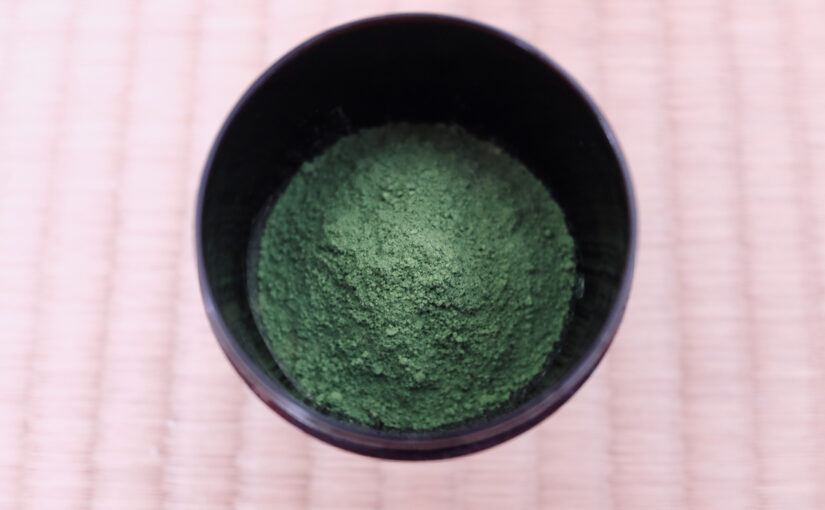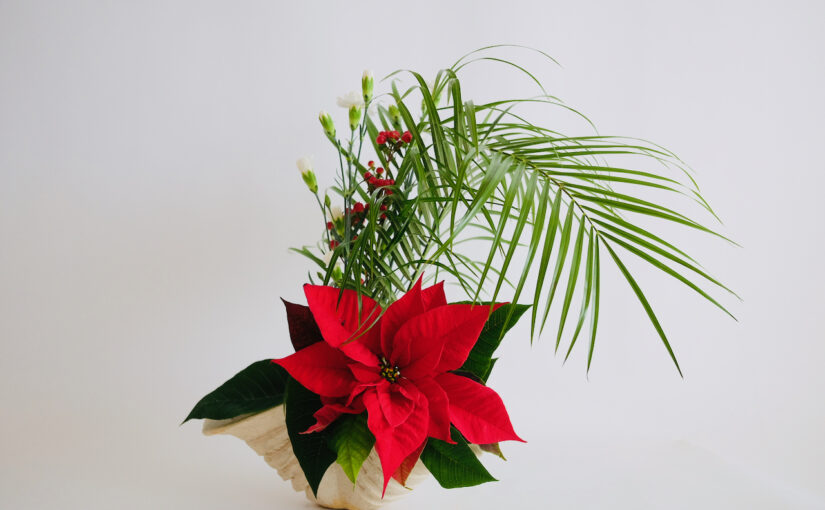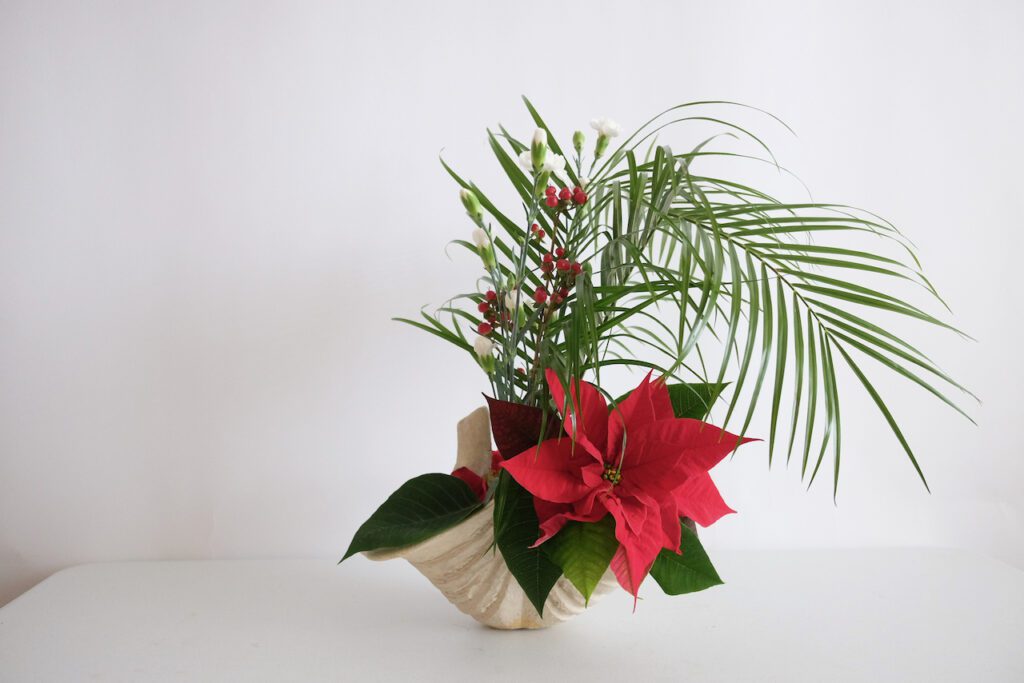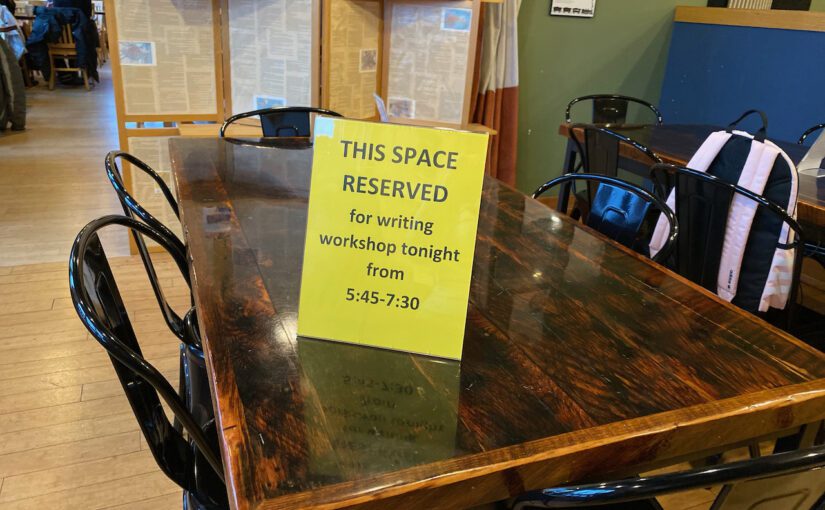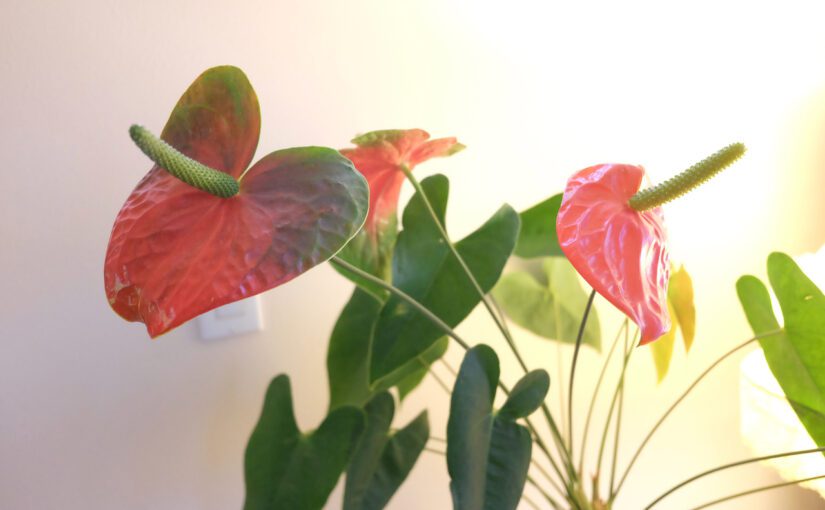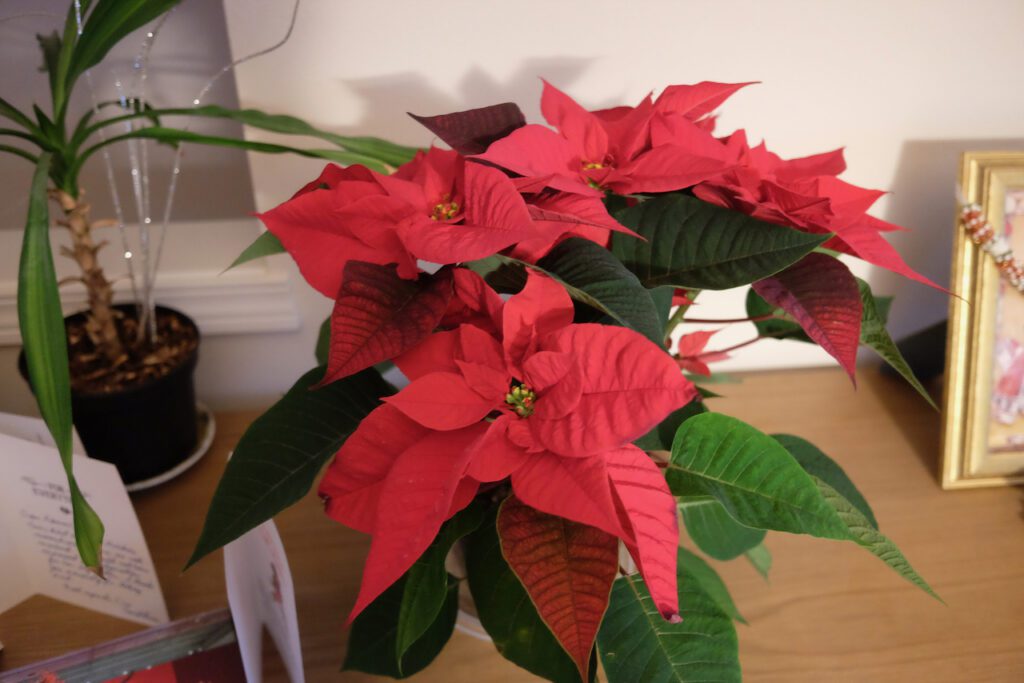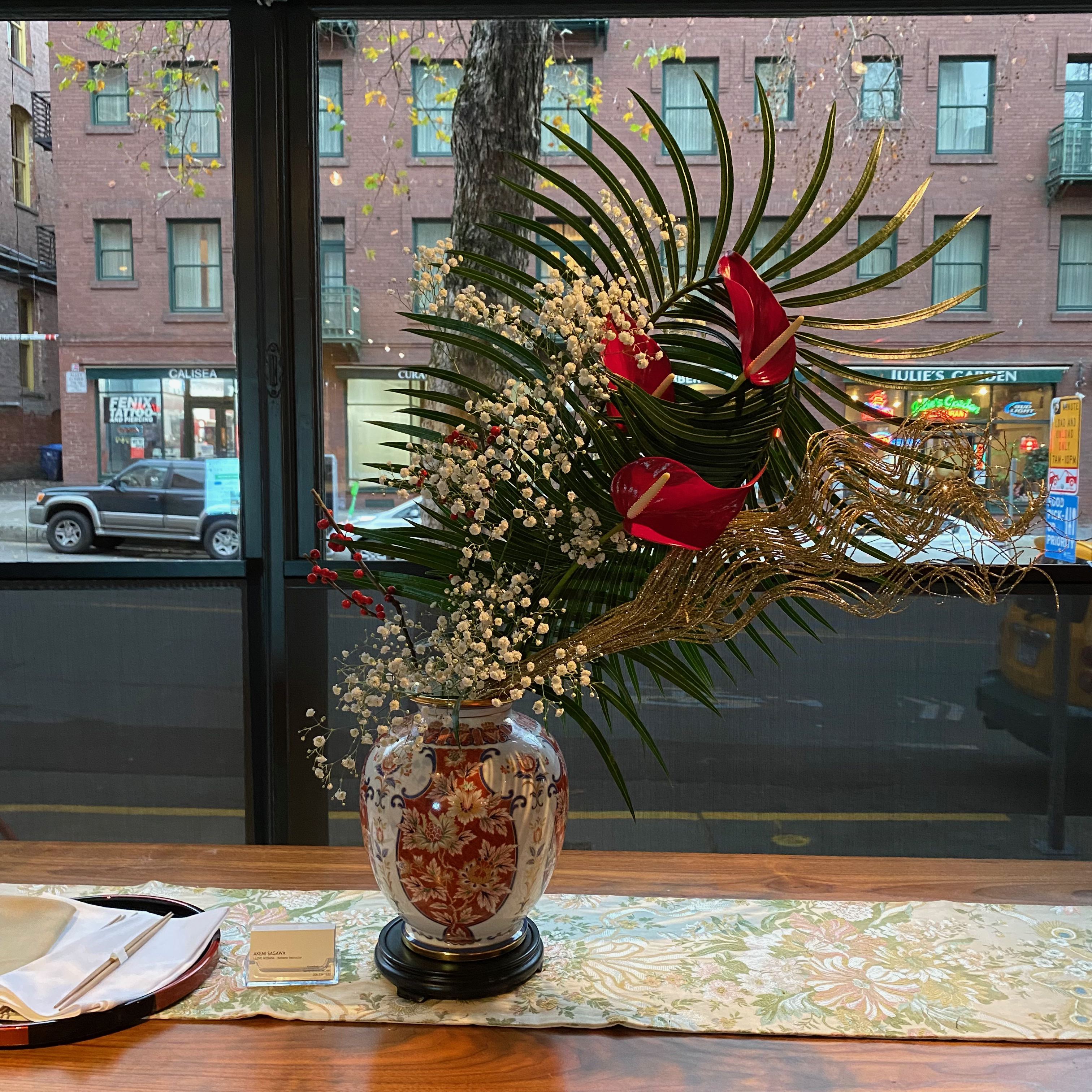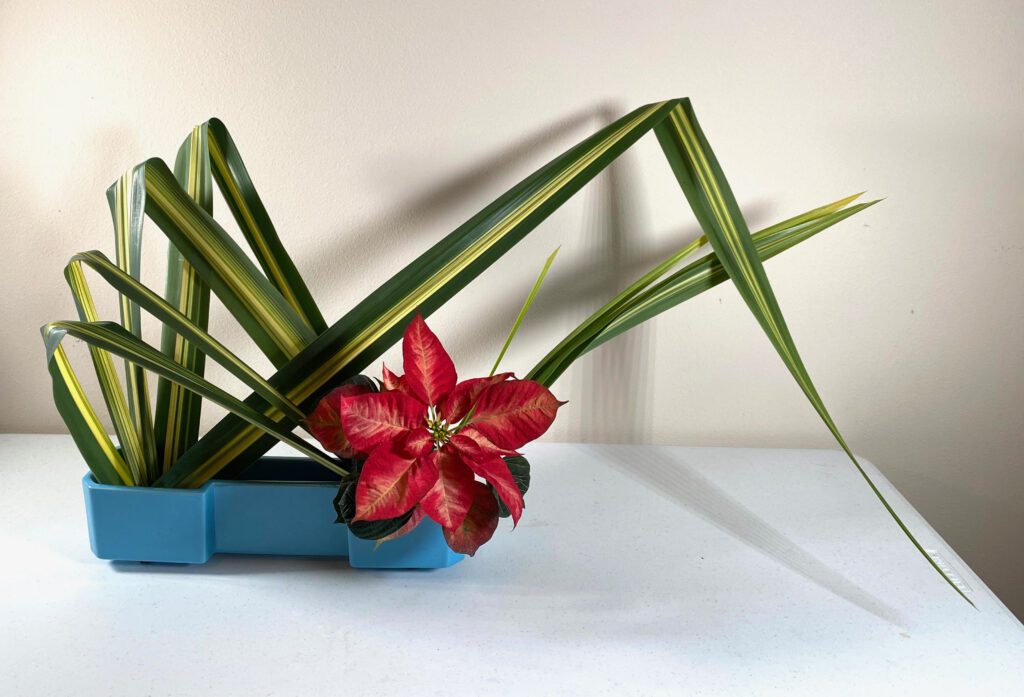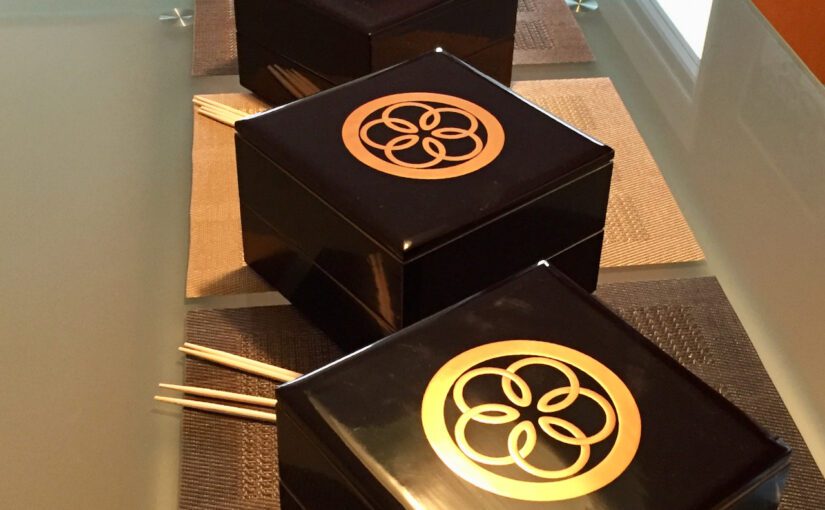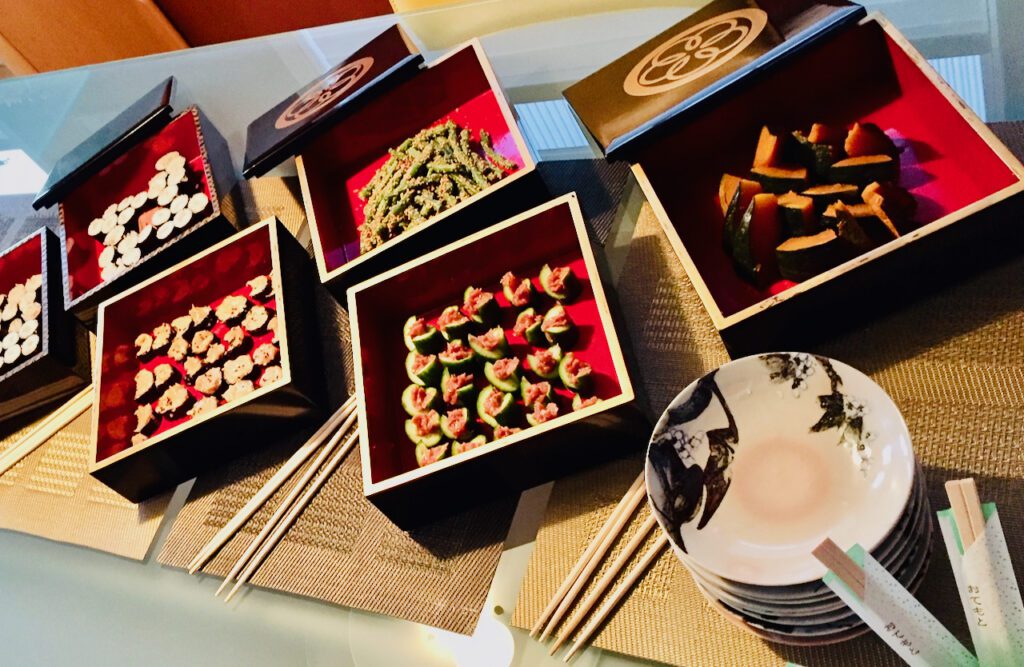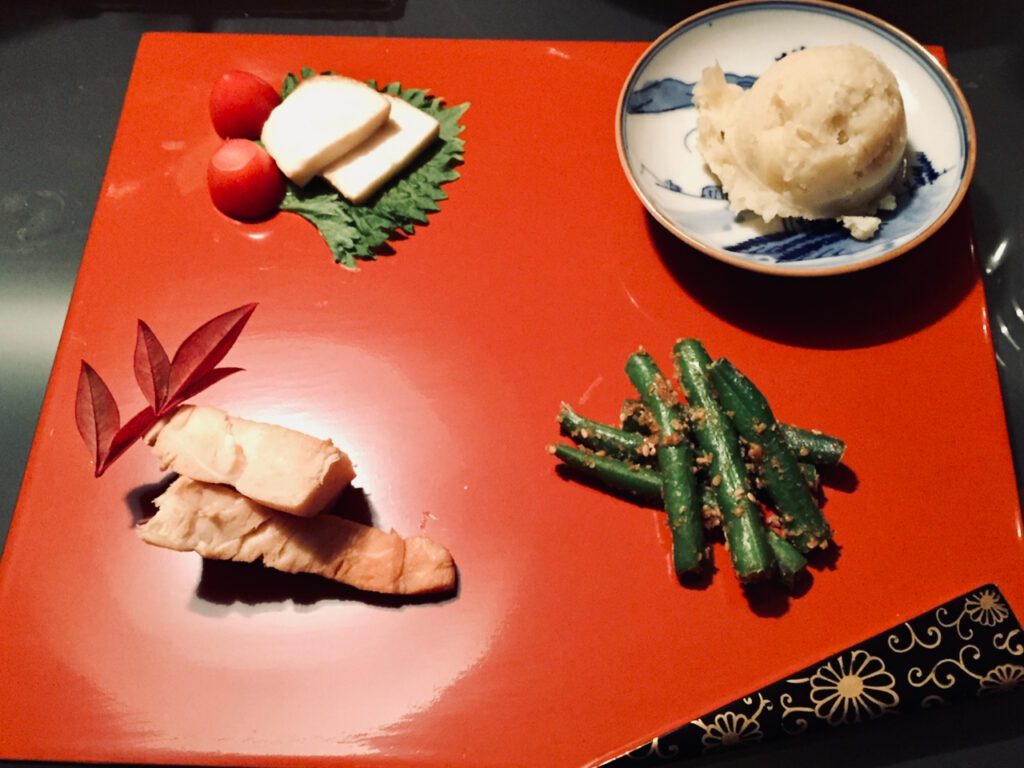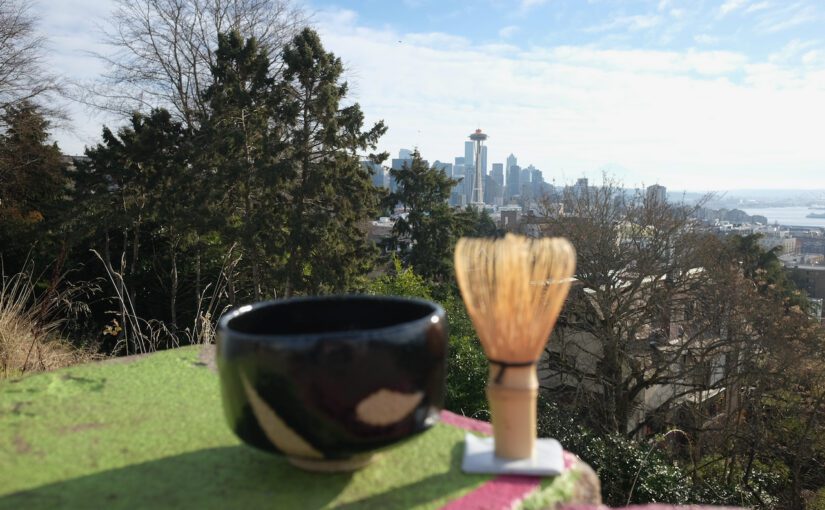Sorry, I should have written this first.
Photo is my holiday ikebana: Photo by Author
When I wrote the article “How Can a Japanese Career Woman Learn Ikebana?” and “5 Benefits of Practicing Ikebana,” I received comments asking “what is Ikebana?”
Obviously, Ikebana is not an English word but Japanese. It’s not even as well-known as “Ikigai.” Let me introduce to you what Ikebana is, my own interpretation.
Definition of Ikebana
Ikebana is normally translated into English as “Japanese flower arrangement.” In my opinion, however, this translation doesn’t fully capture the real meaning of the word.
Ikebana consists of two Japanese kanji characters: 生 and 花. The first character生 means to live, to be alive, life, fresh. The second character花means flower. My interpretation of Ikebana is to give new life to flowers with your own creativity and expression.
Ikebana is an art. Its medium is live, natural materials such as flowers and branches. Unlike drawing or painting, Ikebana’s canvas is not a two-dimensional space. Similar to sculpture, Ikebana’s canvas is three-dimensional.
Three Basic Elements of Ikebana
There are three basic elements in ikebana: line, mass, and color.
Line
You cut out a branch or a stem of flowers. In abstraction, this is a line. Looking at how the leaves and flowers are growing on the stem, you can see which side is front or back, and which side is up or down.
With only one branch or stem, there are many things you can express. You can express direction (vertical or horizontal? forward or backward?), energy flow, and movement (up or down?). With two branches, you create a surface… remember geometry class in high school? Add one more branch, then you create depth. With only three lines, you can determine the basic structure of your arrangement.
Mass
Another basic element is mass, which can also be called volume. Some flowers and leaves are dense and massive, full of volume, like some types of hydrangea flowers, for example. Some are sparse, like baby’s breath. By putting flowers and leaves together, you can create a massive volume. By thinning the leaves or flowers, you can create sparsity. By creating mass or lack of it, you can create rhythm in your arrangement.
Color
The third element is color. All the flowers and branches come with some sort of color, and we make use of them as an important element. If you want to make a strong statement, you want to use contrasting colors. Vivid green and vivid red, for example. If you want to express something harmonious, choose flowers with similar soft colors.
Three Basic Techniques of Ikebana
Just as a pianist first learns how to move her fingers, and just as a potter first learns how to knead clay, an ikebana artist learns basic techniques, and there are three: how to cut, how to bend, and how to fix.
How to cut
You cut branches and flowers from nature. The main tool for ikebana is a pair of scissors. Ikebana scissors have distinct shapes and weights. You learn how to hold them.
If you cut branches too short, you can’t glue them back together. When in doubt, you first cut a longer segment of the branch, then keep on cutting shorter till you have the appropriate length.
At what angle do you cut the branch? How do you split a thick branch using scissors? There are several different techniques to learn.
How to bend
Let’s say you want to create something with a graceful, curved line, but the branch you are working with is too straight. You must learn to bend the branch. In order to create lines of your liking, you have to bend the materials.
Some branches are very flexible, and you can bend them into almost any shape. For example, camellia branches are quite flexible. Other branches are not that flexible. You try to bend them, but they snap.
Each plant has different flexibility and characteristics. By bending materials, you get to learn the different characteristics of each material. How flexible is this maple branch or that one from a cherry tree? The only way you can learn is by trying to bend the branch with your own hands. Google search won’t help you.
How to fix
Let’s say you would like to create a piece of art with a floating branch… Well, in ikebana you can’t. The branch falls because the ikebana canvas is ruled by gravity.
If you want to fix or place an element somewhere, you need a tool. The main tool is called kenzan, a pin frog. You fix the branch by thrusting its one edge onto the kenzan.
A kenzan is a useful tool, but it’s ugly. You need to learn how to hide the kenzan while still making use of it.
Ikebana is an art form whose medium is natural materials such as branches and flowers. You give a new life to flowers with your own creativity and expression. Just as no two people are the same, no two ikebana arrangements are the same.
Now I hope you have a pretty good idea of what ikebana is.
